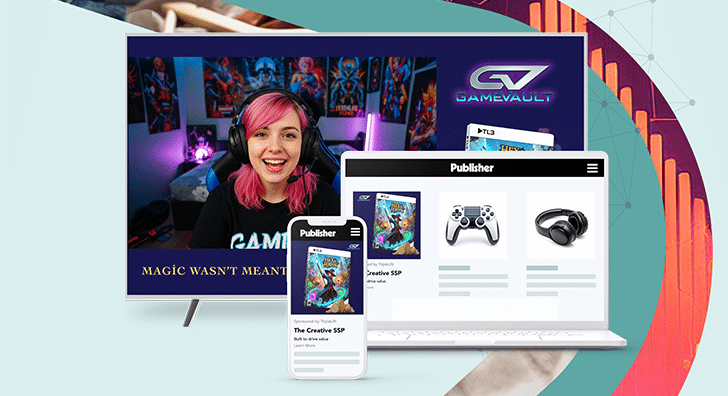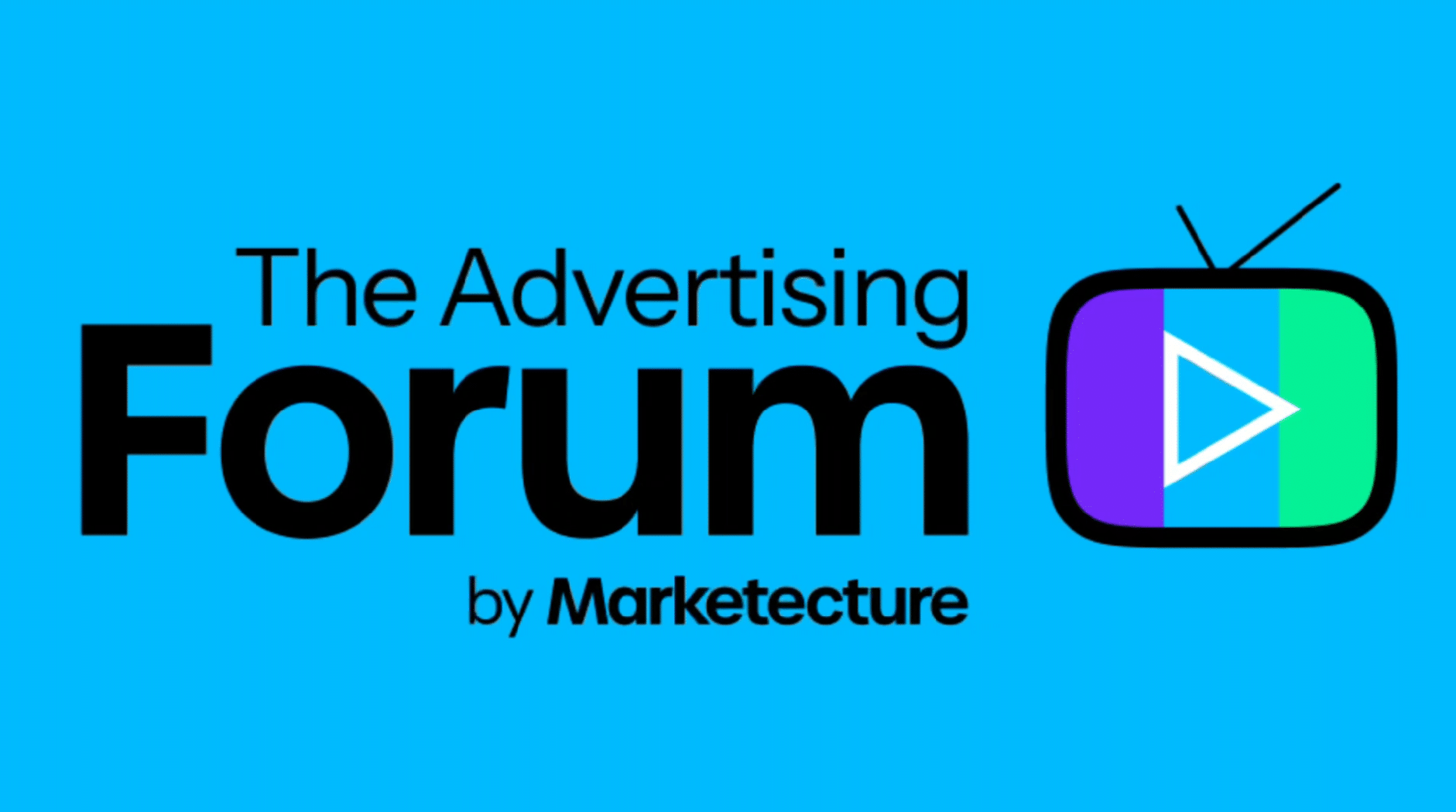The year’s end brings plenty of nostalgia, and saying goodbye to a decade feels like a good time for reflection about where we’ve been and where we’re going. Advertising is constantly evolving, and much has changed in the last 10 years — a period that saw TripleLift’s founding. So we asked our leaders to weigh in our their most memorable advertising industry moments from the last decade, and what they predict will be a game-changer in the 2020s. See what they had to say:
 Eric Berry, Co-Founder & CEO
Eric Berry, Co-Founder & CEO
What was the most memorable advertising moment of the last decade?
Some of the most memorable advertising moments have been effective brand integrations and high-quality content marketing. Netflix’s “Stranger Things” was a major topic of conversation when the show noticeably integrated brands like Eggo waffles and KFC into the storyline. While the streaming platform doesn’t have traditional ad breaks, it was hard to miss these prominent product placements. On the other hand, Dollar Shave Club’s viral video proved that high-quality content can take on a life of its own and help a growing direct-to-consumer brand connect with a large scale of consumers.
One major trend you predict for 2020s?
The decline in linear TV and the decline in midroll advertising signal that our relationship to media is changing. I expect an abundance of new, innovative ad formats that will reshape how we consume video.
 Ari Lewine, Co-Founder & Chief Strategy Officer
Ari Lewine, Co-Founder & Chief Strategy Officer
What was the most memorable advertising moment of the last decade?
The most important moment in advertising was the advent of “content as the ad.” For me personally, that’s been Red Bull sponsoring and creating content around extreme sports and alternative events and music. Their ethos extends beyond their products and commercials. It runs through the veins of experiences the brand produces every day. Audiences believe in their messaging because they can experience it personally.
One major trend you predict for 2020s?
The pendulum will shift from direct response back to branding. With privacy regulations changing the face of advertising, there will have to be less focus on data and efficiency and more focus on creativity instead. Innovative formats and creative storytelling will be much more instrumental in competing for consumer engagement. Advertisers who can leverage contextual audience data in their creative will come out on top.
 Shaun Zacharia, Co-Founder & President
Shaun Zacharia, Co-Founder & President
What was the most memorable advertising moment of the last decade?
One of the most transformative moments in advertising this decade has been the rise of large consumer tech platforms. Social media giants, in particular, delivered a new wave of advertising capabilities that led to the growth of direct-to-consumer brands, but also of foreign interference in elections, and a sea change in regulation.
One major trend you predict for 2020s?
 Andrew Eifler, SVP of Product
Andrew Eifler, SVP of Product
What was the most memorable advertising moment of the last decade?
For me it was Oreo’s Dunk in the Dark Tweet during the 2013 Super Bowl blackout. Advertisers pay upwards of $5 million for a 30-second ad during the Super Bowl, but all anyone was talking about the day after was an ad created by a brand that paid $0 to buy ad space. Oreo just thought more quickly, reacted faster, and participated in the moment. That one clever tweet was indicative of the changing landscape of advertising and started a transition in the way advertisers connect with their customers. It’s no longer the year-long, million-dollar production budget that produces the best ads, but rather it’s the companies that participate in the discussion and create more consumer-friendly advertising experiences.
One major trend you predict for 2020s?
The rise of micro-influencers. We all know that the Kardashians have made millions of dollars running influencer marketing businesses. They have millions of followers and get paid hundreds of thousands of dollars for a single social media post promoting a brand. In the 2020s, I think that’s going to shift from mega celebrities to niche influencers who may only have 10,000 followers. Micro-influencers individually don’t have the same scale as the Kardashians of the world, but they tend to have a much closer relationship with each of their followers. If they promote a product, they are more likely to have a high conversion rate for the advertiser. Smart brands who find a way to be part of the conversation with niche influencers will reap outsized rewards.
 Jordan Bitterman, Chief Marketing Officer
Jordan Bitterman, Chief Marketing Officer
What was the most memorable advertising moment of the last decade?
In 2012, Red Bull sent Felix Baumgartner up to space in a hot air balloon. While millions of us watched live on the internet, he jumped back to earth from 128,000 feet. I felt every emotion as he took that first step — wonder, fear, euphoria. For the brand, this was a brilliant next step in what they’d been communicating for years: Red Bull gives you wings. Every once in a while, I think back to that feat and I’m still in awe of it as a human achievement as well as a brand event.
One major trend you predict for 2020s?
As linear television continues to feel pressure from Connected TV, everyone’s business models will have to change. Traditional media companies will need to find new sources of revenue, as will their digital counterparts. Beyond the 30-second spot, we will see new, technology-enabled innovations: in-show product integrations, commercial overlays and reward-based video viewing, among others. One (or more) of these innovations will stick-the-landing for creators, networks and viewers to become as ubiquitous in the next decade as the standard commercial has been in decades past.







